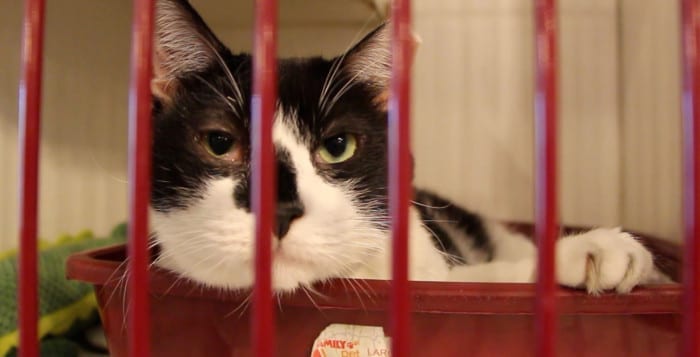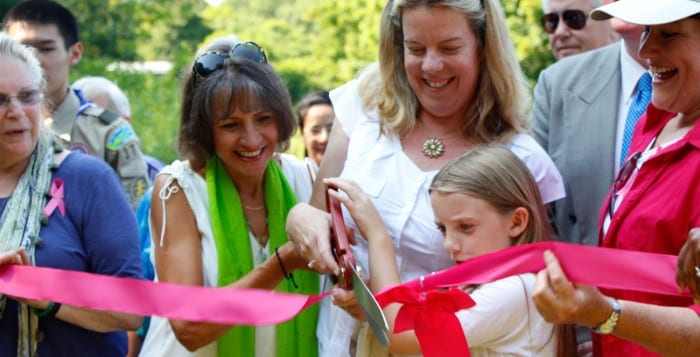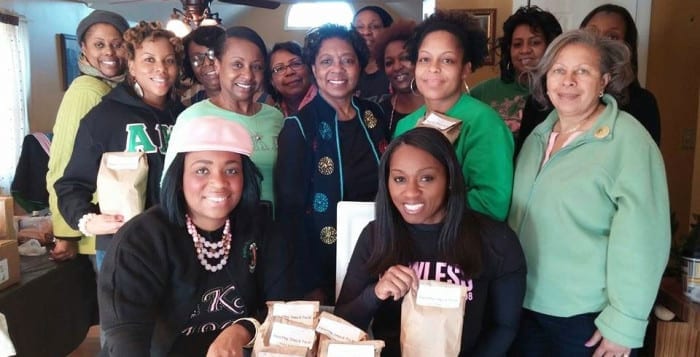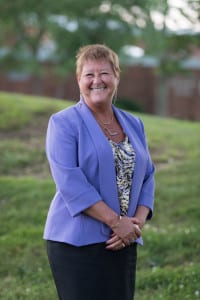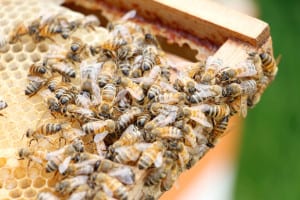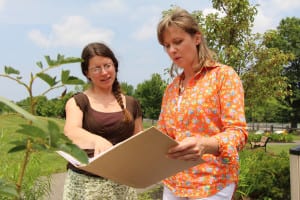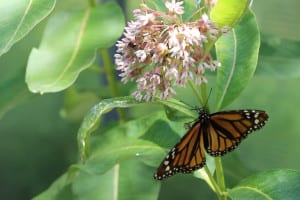A little dab here and a little dab there. That’s usually how people apply sunscreen to their skin, according to Dr. Michael Dannenberg of Dermatology Associates of Huntington, chief of dermatology at Huntington Hospital. But with around one in five people developing skin cancer on their scalp, a dab of sunscreen isn’t enough.
Skin cancer is one of the most prevalent cancers in America, and cases for scalp cancer have increased in the past several years. While those who don’t have hair may be more prone to getting scalp cancer in comparison to those with hair, anyone can develop any form of skin cancer on this area of their body.
Squamous cell and basal cell carcinoma are common for those who are frequently exposed to the sun and those who are losing hair. Melanoma can also develop on the scalp. In 1935, one in 1,500 people developed melanoma, but the rate has since increased. Now, one in 50 people have a lifetime risk of developing melanoma.
According to Dr. Tara Huston, a surgeon in the Melanoma Management Team for Stony Brook Medicine, there will be 74,000 new cases this year of melanoma in the United States alone. Huston also said that this form of skin cancer usually requires a surgeon’s attention, as it calls for “a larger excision margin than either basal or squamous cell skin cancer.”
Huston and her team help patients with various forms of skin cancer. While dermatologists treat skin cancers like melanoma if caught early, people with more advanced stages of skin cancer may need surgery and additional treatment to recover. A patient’s lymph nodes are also examined. Lymph nodes are responsible for the drainage of certain parts of the skin. Doctors can further repair issues found from examining the nodes associated with the cancer in that area.

Although skin cancer of the scalp is not difficult to detect, Dr. Dannenberg says it can be missed because it is on the head. Lesions can vary based on the form of skin cancer on the scalp. Yet, it is easy to detect, especially when people receive frequent haircuts. According to Dannenberg, his office receives countless referrals from barbers and hairstylists who may find a cancerous lesion on their client’s heads.
Huston agreed with Dannenberg regarding the role of barbers and hairstylists, as a number of skin cancer lesions are identified by these professionals.
Squamous cell carcinoma appears in dull, red, rough and scaly lesions, while basal cell carcinoma appears as raised, pink and wax-like bumps that can bleed. Melanoma on the scalp appears as it would on any other part of the body — irregularly shaped, dark-colored lesions.
While sunscreen is more often associated with skin protection, dermatologists like Dannenberg also recommend protective clothing and hats. Cloth hats allow the wearer’s head to breathe while protecting the scalp. Hats with a three and a half inch or more rim offer the best protection, as they cover the head while protecting the ears and other parts of the face or neck. While people can also use straw hats, the hats should be densely woven and not allow sun to penetrate. Hats as well as sunscreen and protective clothing should be used together to provide people with the best form of sun protection.
“Nobody is completely compulsive about putting on that hat every moment they walk out the door,” Dannenberg said. “Likewise, even for people [who] are using sunscreens, people tend not to use enough of it and they don’t reapply it as often as necessary.”
One ounce of sunscreen might be hard to hold without dripping down the side of someone’s hand, but it is the amount of sunscreen people should use on their entire body. Dannenberg also says that sunscreens usually last for about three hours before people need to reapply.
Since few people follow the directions when applying sunscreen, Dannenberg as well as the American Academy of Dermatology recommend people use sunscreens with at least SPF 30. Using sunscreens with higher SPF counts means that people can under apply and still get some degree of sun and ultraviolet radiation protection.
Huston said individuals who don’t want to wear sunscreen or those with a history of tanning should seek a dermatologist and schedule appointments at least once a year to conduct a full body skin examination.
According to Huston, operating on areas of the head like the ears, nose, eyelids, lips and scalp is difficult because of the surrounding tissue.
“Reconstruction of a 2 cm defect on the nose may require multiple stages/surgeries in order to optimize the aesthetic result,” Huston said in an e-mail interview.
While some patients need skin grafts upon the removal of a cancerous lesion, Huston said, “incisions on the scalp can lead to alopecia, or hair loss along the incision line, if it stretches, and can be very upsetting to patients.”
Both Huston and Dannenberg emphasized the importance of protecting the skin and skin cancer education. Dannenberg hopes that the rates of skin cancer will decrease if people are more consistent about protecting their skin with protective attire, sunscreen and hats.
“We’ve been talking to people for years about wearing hats…telling them that as fashion always seems to follow need, that these hats are going to be coming in style,” Dannenberg said. “We’re hoping that over the next 10 or 15 years, we’ll be able to get a drop in the incidences of skin cancer.”


